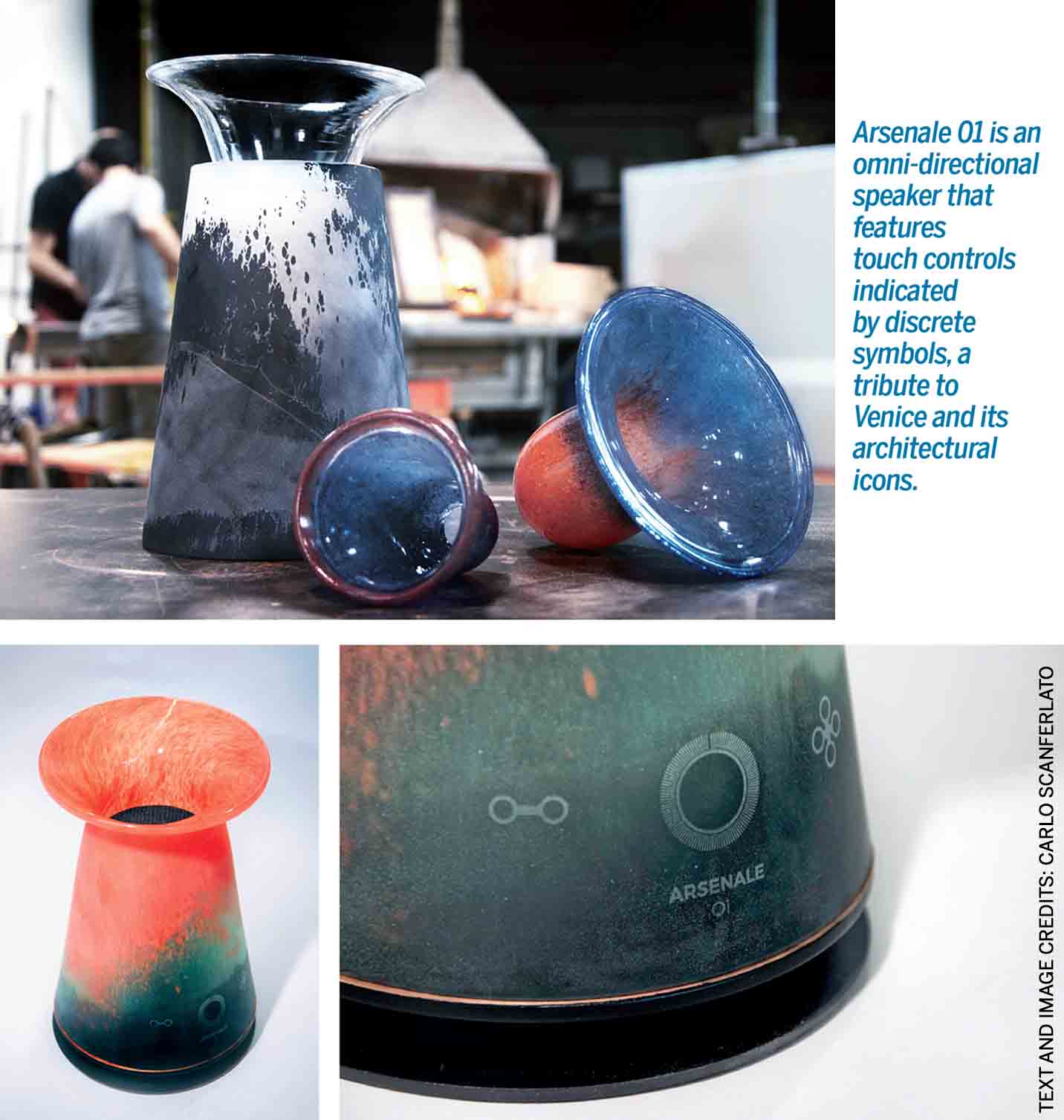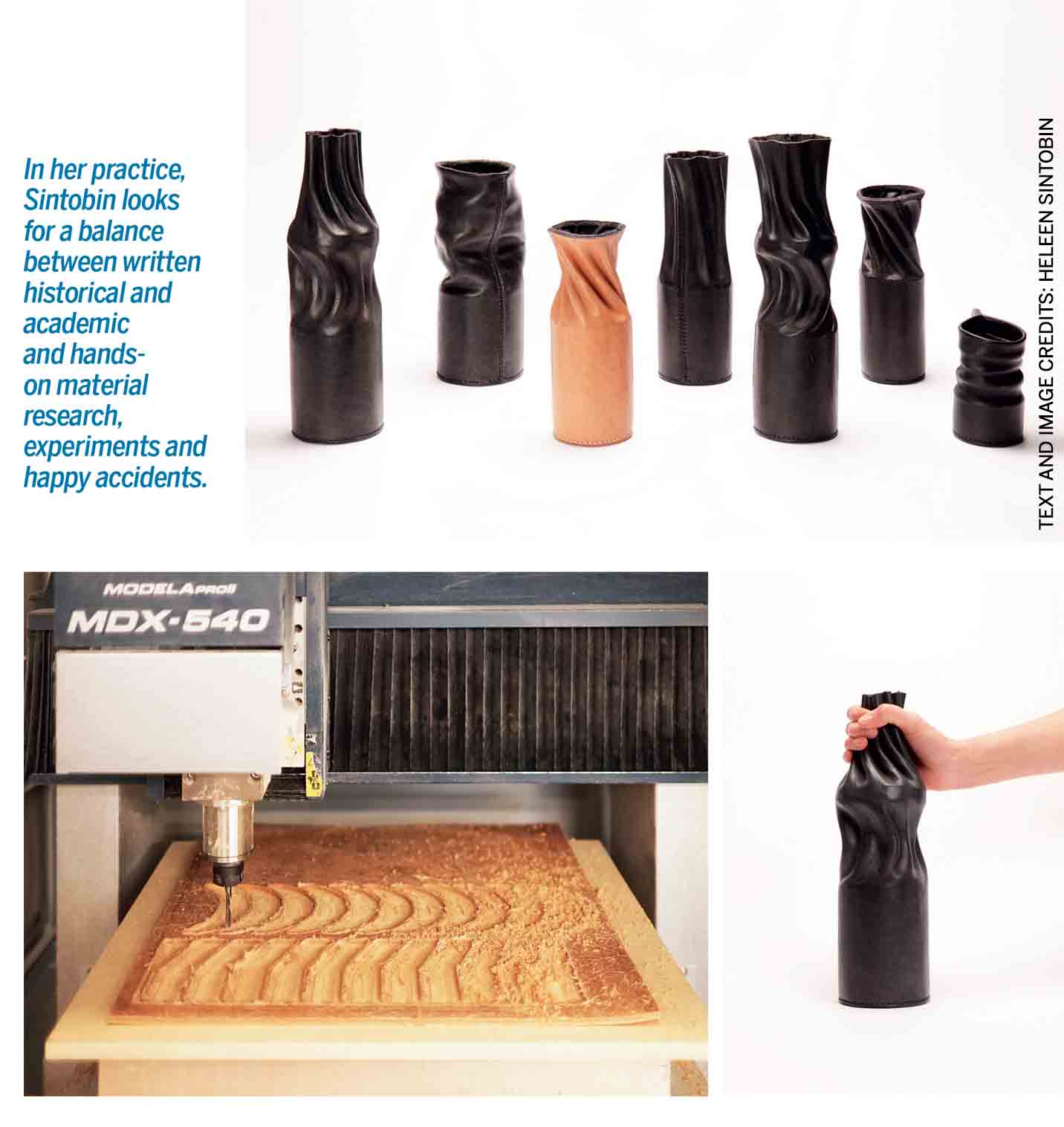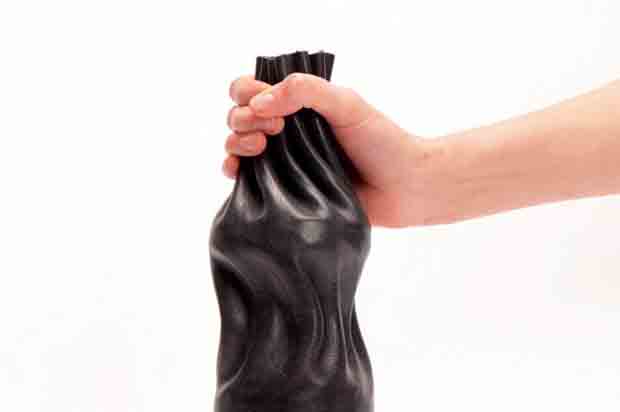I’ve spent the last two years in London, Tokyo and New York, learning about culturally- driven design and innovation. After having spent several months in each location, I was often prompted with questions about what the future of design looked like and how these transforming cities helped shape it. My answers to these queries always came down to the manifestation of heritage.
In the media, innovation is represented by the facade of shiny metal surfaces and robots that can mimic your every move — which are both very true and viable interpretations of the future, but not necessarily of innovation. What drove most of the innovation that I saw in these cities was heritage and clever new ways of experiencing it in our everyday lives.
Heritage is the waterfall by which tradition is derived, but its manifestation in daily experiences is the metamorphosis turning that tradition into a modern and useful element for society. Innovation, especially through the lens of heritage and history, is best exemplified through objects that reconfigure a process to fit a trending use case.
Take for example, Off the Dust, a research project by Carlo Scanferlato that explores new possibilities for a century-old glass-blowing practice in Vetreria Nuova Venie, a renowned furnace in Venice, entering an innovation phase to keep their timeless practice fresh. One of their final outcomes is Arsenale 01, ‘an omni- directional speaker with touch controls on the surface of the glass.’ This product takes the home speaker, a ubiquitous accessory in today’s interior context, and breaks the threshold where blown glass can be involved to re-define our relationship with it and generate a new interest. Arsenale 01 illustrates how a product’s historical narrative can live within its modern aesthetics.
Heritage is the waterfall by which tradition is derived
Another way that heritage has been reconfigured into a delightfully nostalgic use case is with the Serpentine Postbox, made by Studiomama. Creating the postbox is a means for handwriting to live on in the bustling and ever-modernising city of London. It is created with a ‘balanced sense of immediacy, with a sense of slowness and patience.’ The postboxes were iterated in a large and small form, both featuring a fluted exterior, with a minimalistic language to complement its contemporary art surrounding at the Serpentine Gallery in London. The product’s visual language speaks to the heritage of the gallery and aims to conserve the history of communication.
Finally, there is the perspective of conserving the heritage of a natural material by enhancing its physical properties through old handmade and new digital techniques. Digi-Vas, a collection of leather vases and bottles made by Heleen Sintobin, pushes the boundaries of traditional leather work by engraving two dimensional patterns on the surface of the leather to manipulate how the material forms when it is moulded by hand into a three-dimensional piece. However, heritage doesn’t just manifest itself in the physicality of these vessels, but also within the 2000-year-old tanning method called vinegaroon. This project is a hybrid of traditional making and modern digitisation with unique contemporary outcomes.
These products are modern examples of how everyday things have the ability to conserve timeless craft. They each showcase a spectrum of research and exploration within a historical process or location and the fruition of these explorations are unique outcomes that pay homage to the tradition that they were inspired by. Initiatives like these are so imperative for the future of design because if we allow heritage in our everyday objects to fade, then what’s lost is more than just a product, we lose the very culture that it was derived from. And it is culture that stimulates innovation and serves as a muse for makers and consumers alike.

1. Off The Dust
Carlo Scanferlato>2019>London, England and Murano, Italy
Off The Dust is blurring the identity of a context that’s been built on a generational exchange to keep trade secrets close while dynamically pushing the boundaries of craft. They found technological home-products as the first context in which to express this potential of circularity and beauty.
The first outcome is a series of functional sculptures that showcase different techniques and aesthetics used to conceal technology and turn it into a subtle, unexpected surprise. From engraved surfaces, to the use of murrine and the old incamiciato technique, they were able to work alongside masters in Murano to visualise the fusion between craft and technology.
Additional info: https://www.rca.ac.uk/showcase/ show-2019/schoolofdesign/designproducts/carlo- scanferlato/

2. Serpentine Postbox
Studiomama>2019>London, England
Serpentine Postbox was commissioned by Hans Ulrich Obrist, the Artistic Director of the Serpentine Galleries. He chose the object because of his personal connection to postcards, which play an important role in contemporary art and because the art of handwriting is slowly dying in this age of digitalisation.
He has now started what he himself calls ‘a small movement’ in order to save handwriting from dying out. He asks every artist, architect and poet that he meets to write or sketch something and then posts it to his Instagram account.
Additional info: http://studiomama.com/serpentine- postbox-for-the-serpentine-galleries

3. Digi-Vas
Heleen Sintobin>2019>London, England
This collection of vases and bottles is the result of both research into natural leather treatments and its innovative shaping using a CNC milling technique. To treat the hides, Sintobin collaborated with Radermecker, a Belgian tannery that uses traditional plant-based tanning, made with blends of bark and tree leaves.
She takes inspiration from black jacks, traditional English black leather jugs, to then offer versions with a contemporary look. To form the leather into these surprising shapes she developed a novel procedure: milling a 2D drawing on the inside surface of the leather with a CNC machine, before manipulating it into the desired shape by hand.
Additional info: www.heleensintobin.com



Comments (0)